Review round-up: best budget blues guitar amps
Four killer gig-ready combos tested
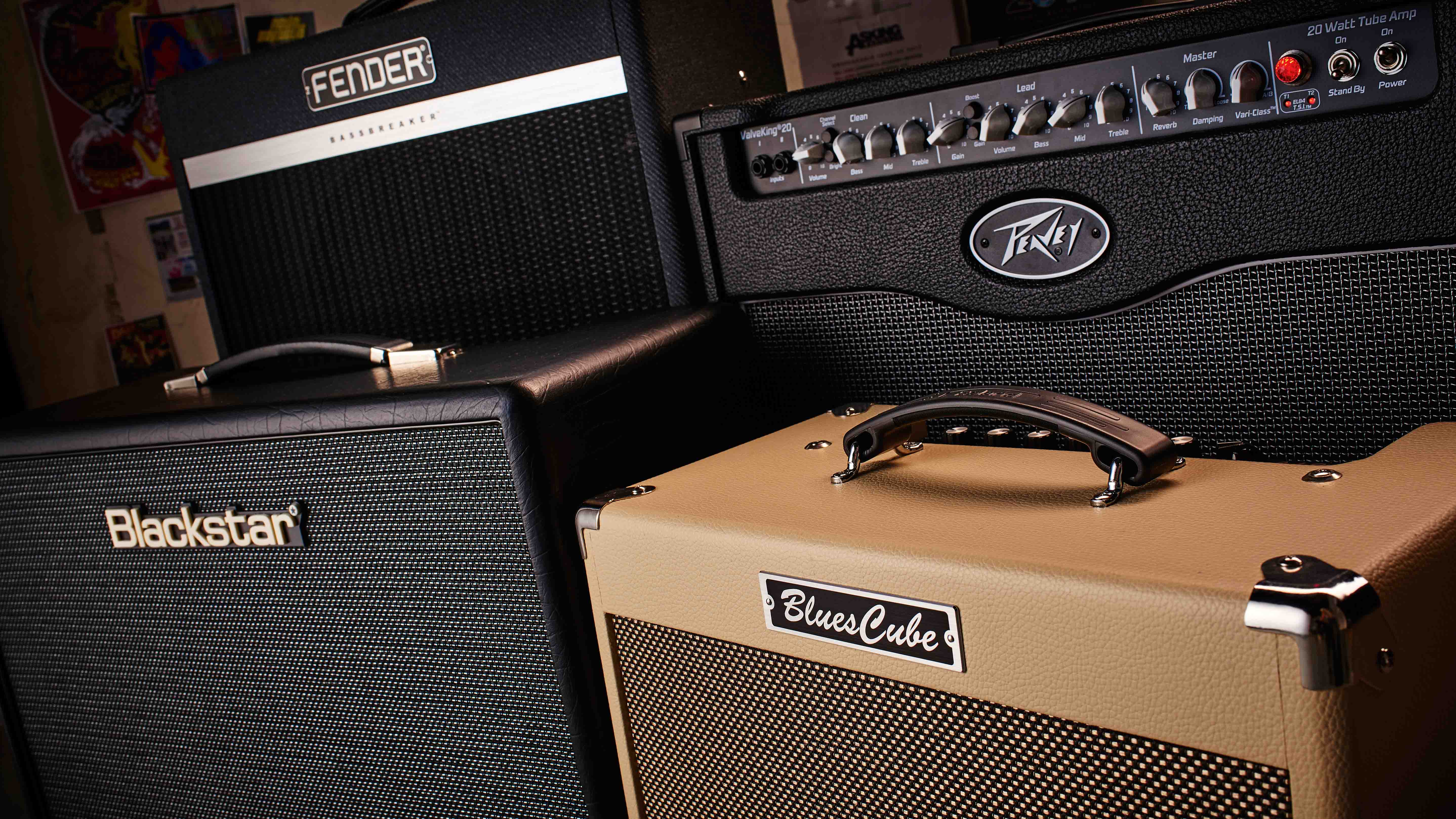
Introduction
The notion that you need a certain type of amp to play your chosen genre is nonsense – you can, of course, play blues guitar through any amp you bleedin’ well like.
However, if you really you want to nail a quintessential, classic blues tone then you’re probably looking for a low-powered, valve-fuelled combo that produces a warm overdrive when you crank it up and reacts to even the subtlest dynamics of your playing.
And that’s where we come in: we’ve picked out four 12-inch speaker-loaded combos that deliver all that good stuff – three of them via an arsenal of valves and one (Roland’s Blues Cube Hot) through the misunderstood medium of solid-state.
We can just picture the gear snobs clutching their chests in horror at the inclusion of the final amp on our list while gasping, ‘You can’t play blues through a solid-state amp!’ Listen. The late BB King, an icon who had the most instantly recognisable blues guitar tone of all time, used a 70s-era solid-state Lab Series L5 amp. So, let’s agree to approach all these amplifiers with an open mind, and we’ll get you up and playing in no time…
For more top-notch amp advice, check out our guides to the best budget guitar amps under £500/$800 and the best guitar amps under £1,000/$1,300.
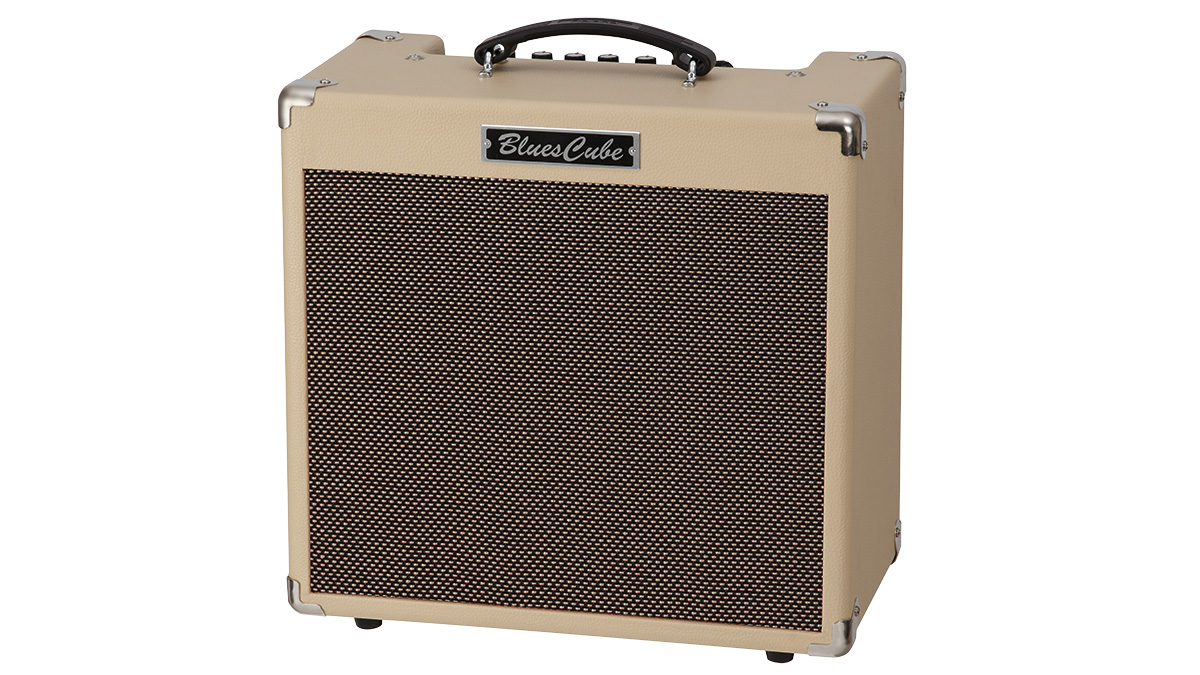
Roland Blues Cube Hot £495
Should I be worried that this thing doesn’t have valves or not?
Nope. Roland’s onboard ‘Tube Logic’ technology mimics the performance of a vintage tweed valve amp so well, we reckon more than a few solid-state cynics would be fooled in a blindfold test. Turn up the volume and just like a tube amp, you get more overdrive and convincing valve-like compression.
I see you only get one channel...
Well, technically yes, but don’t forget that there are footswitchable boost and tone functions to give you more gain and top end at your stomping convenience. Figure in the usual three-band EQ suspects [bass, middle, treble] and the digital reverb, and there’s a fair bit of tonal variety available.
The versatility doesn’t end there. You’ll also find a USB output on the amp’s rear panel for direct connection to your computer-based recording set-up.
That’s handy, but can I actually gig with this thing?
The Blues Cube Hot pumps out 30 watts through its 12-inch speaker, more than enough for rehearsals and small gigs. It’s also the most compact and lightest amp in this group test, so you get valve-like tone without the backache.
At a glance
- Type: Solid-state 1 x 12 combo
- Power: 30 watts
- Key features: 12” custom speaker, single-channel with boost and tone function, three-band EQ, reverb, power output selector [0.5, 5, 15 and 30 watts] and USB output
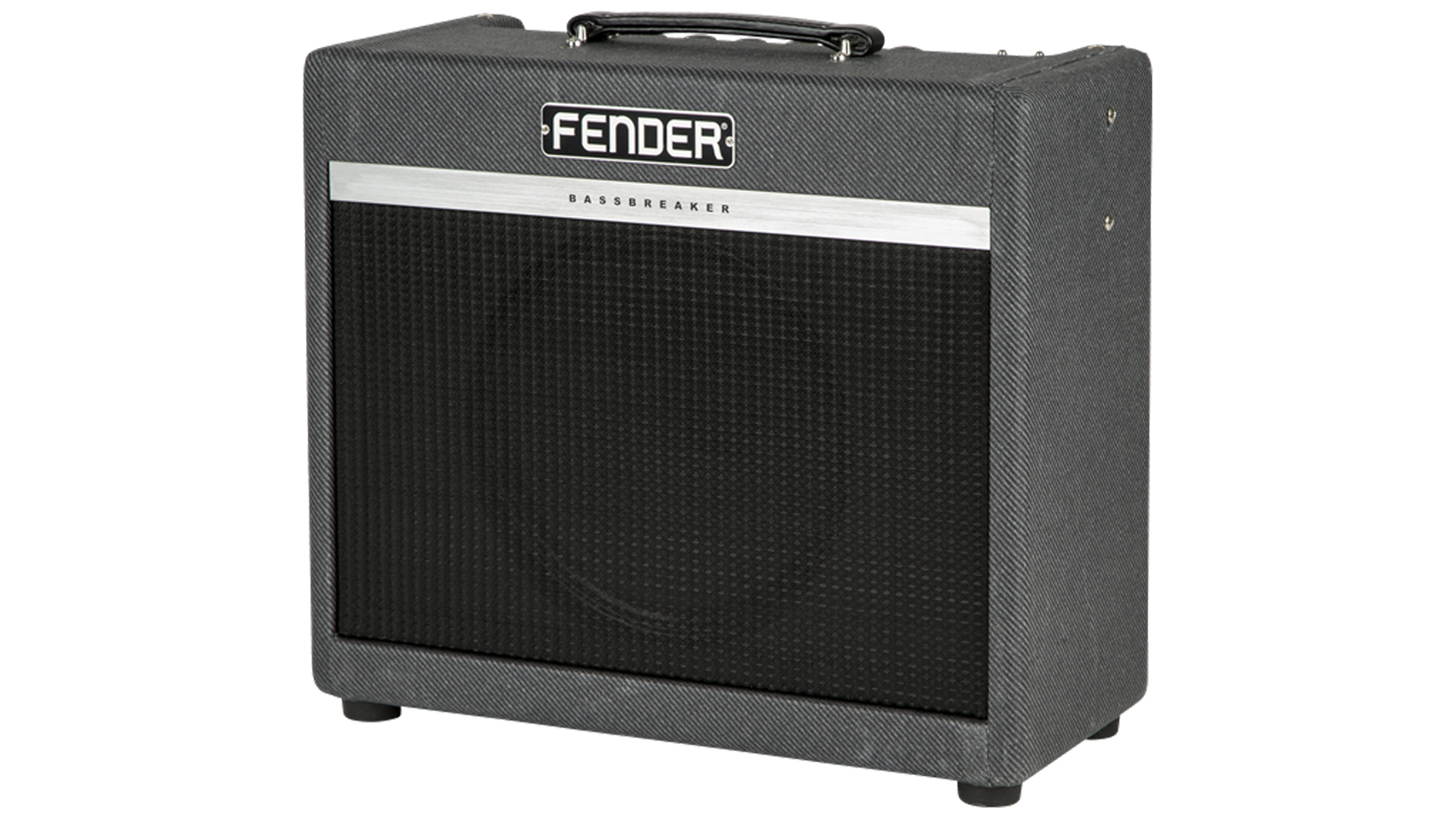
Fender Bassbreaker 15 £509
Bassbreaker? It’s a guitar amp I’m looking for...
Stressing about what amp you’re going to buy? Well just sit back and relax, friend. This single-channel, 15-watt, 12-inch speaker and reverb circuit-loaded combo is squarely aimed at guitar geeks just like you.
The Bassbreaker name tag references a very special slice of Fender history, the 5B6 Bassman – a 50s bass amp that actually ended up becoming one of the greatest blues guitar combos ever made, and the Marshall 1962 model aka the ‘Bluesbreaker’. The latter is the combo used by Eric Clapton to define the sound of British blues in the mid-60s.
But why are Fender name-checking a Marshall amp?
Well, it’s no secret that Marshall based its 60s circuitry on the Fender Bassman. The Bassbreaker 15 acknowledges that crossover with three 12AX7 preamp tubes and two EL84 power tubes...
Hang on... I don’t really get the significance of the valve names...
Long story short, using these valves adds up to more of a classic British ‘crunch’ sound than you’d usually expect from a Fender. That tonality is tweakable via the bass, mid and treble knobs plus the three-position ‘Gain Structure’ control that dials in a range of overdrive sounds.
At a glance
- Type: All-valve 1x12 combo
- Power: 15 watts
- Key features: 1x12” Celestion speaker, 3x 12AX7 preamp valves, 2x EL84 power valves, gain, Gain Structure and master volume controls, three-band EQ, reverb, power amp mute switch and XLR output for recording
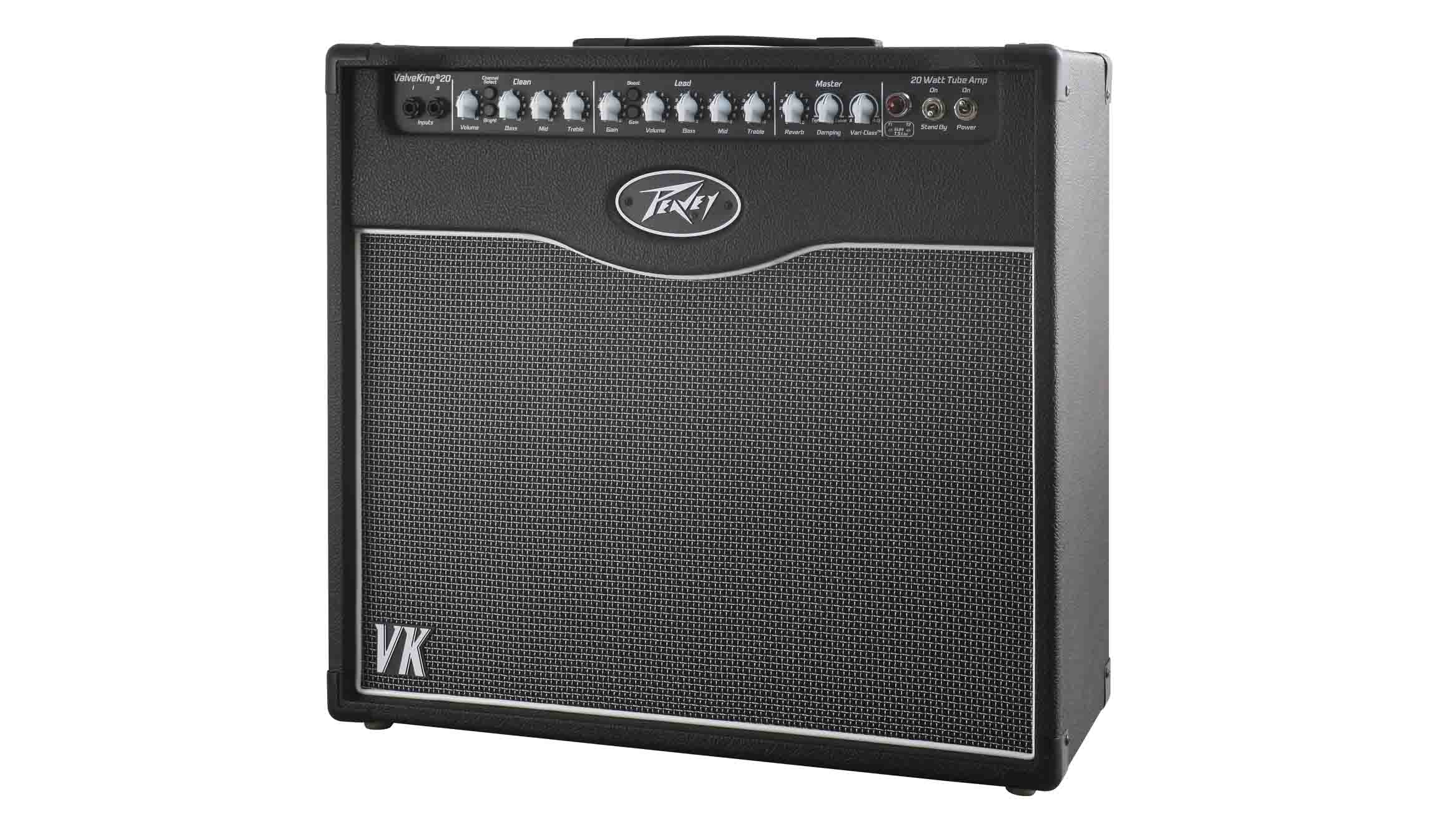
Peavey ValveKing II 20 £719
Is this one of those Peavey TransTube things?
No. That’s the valve emulation technology the company includes on its solid-state amps – including the pub gig staple Bandit model. The ValveKing II 20 we have in our clutches features real 12AX7s and EL84s. Yep, it’s that classic British setup again.
What else do I get?
Quite a lot. Peavey designed the ValveKing as an entry-level alternative to mega-bucks boutique amps, and yet you’ll still find two channels available to you here, each with its own EQ section, plus a footswitchable gain boost on the lead channel - for kicking in on solos if you so desire - and a USB output for recording to a computer.
There’s also the useful MSDI (Microphone Simulated Direct Interface) XLR-format direct out that allows you to get a ‘mic’d’ up sound through a mixing desk or PA system without actually using a microphone.
So how much power does it have?
Output is rated at 20 watts and this thing is loud. You can also run it at five watts or just one watt if you want to unleash the amp’s maximum overdrive sound at bedroom level.
At a glance
- Type: All-valve 1x12 combo
- Power: 20 watts
- Key features: 2 channels with dedicated tone controls, 1 x 12” speaker, gain boost, USB recording output, MSDI (Microphone Simulated Direct Interface) XLR output for sound desk input
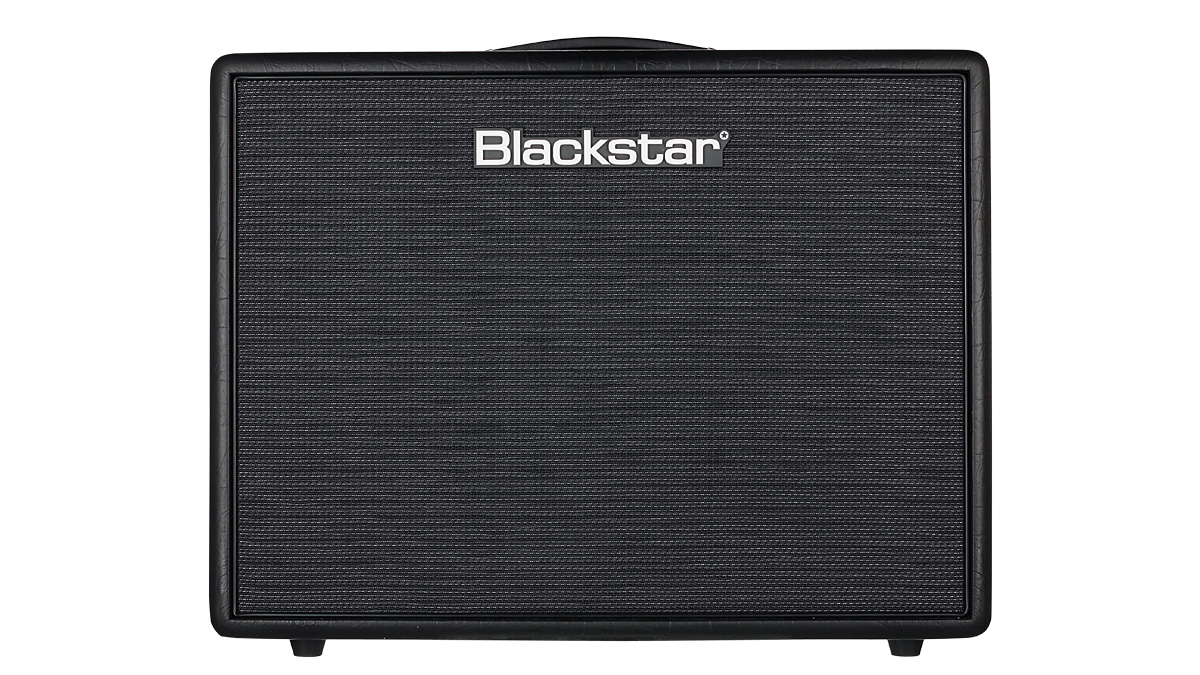
Blackstar Artist 15 £649
The Artist 15 has similar valves to a Fender, right?
Well, after a fashion, but there’s a crucial difference here. The preamp tubes are actually ECC83 jobs, which are the British equivalent of the 12AX7 ‘bottles’ that are indeed found in the Fender. The power tubes, on the other hand are what’s known as 6L6 models. Ironically, these are usually found in classic American amps, particularly those made by our old friends at Fender.
So, we’ve got a British-designed amp taking on some of the tonal makeup of the Americans this time around, while our Fender uses the EL84 power tubes commonly used in Marshall amps – it’s all backwards!
Anything else I should know?
Well, Artist 15 is not just a clever name; this Blackstar combo is 15 watts. While every riff and lick travels to your lugs via its 12-inch speaker, the spec sheet also details a chunky footswitch that allows you to select between the amp’s two channels.
What makes this amp unique?
You’re going to love the versatile ISF control, which lets you dial in a classic tight bottom, bold midrange American sound or a woolier, warmer Brit sound a la Fleetwood Mac’s Peter Green, Led Zep’s Jimmy Page, Paul Kossoff of Free and a thousand other legends...
At a glance
- Type: All-valve 1x12 combo
- Power: 15 watts
- Key features: 2x ECC83 preamp valves, 2x 6L6 power amps, 2 channels with footswitch, 1x12” speaker, ISF voice control, onboard reverb with level control
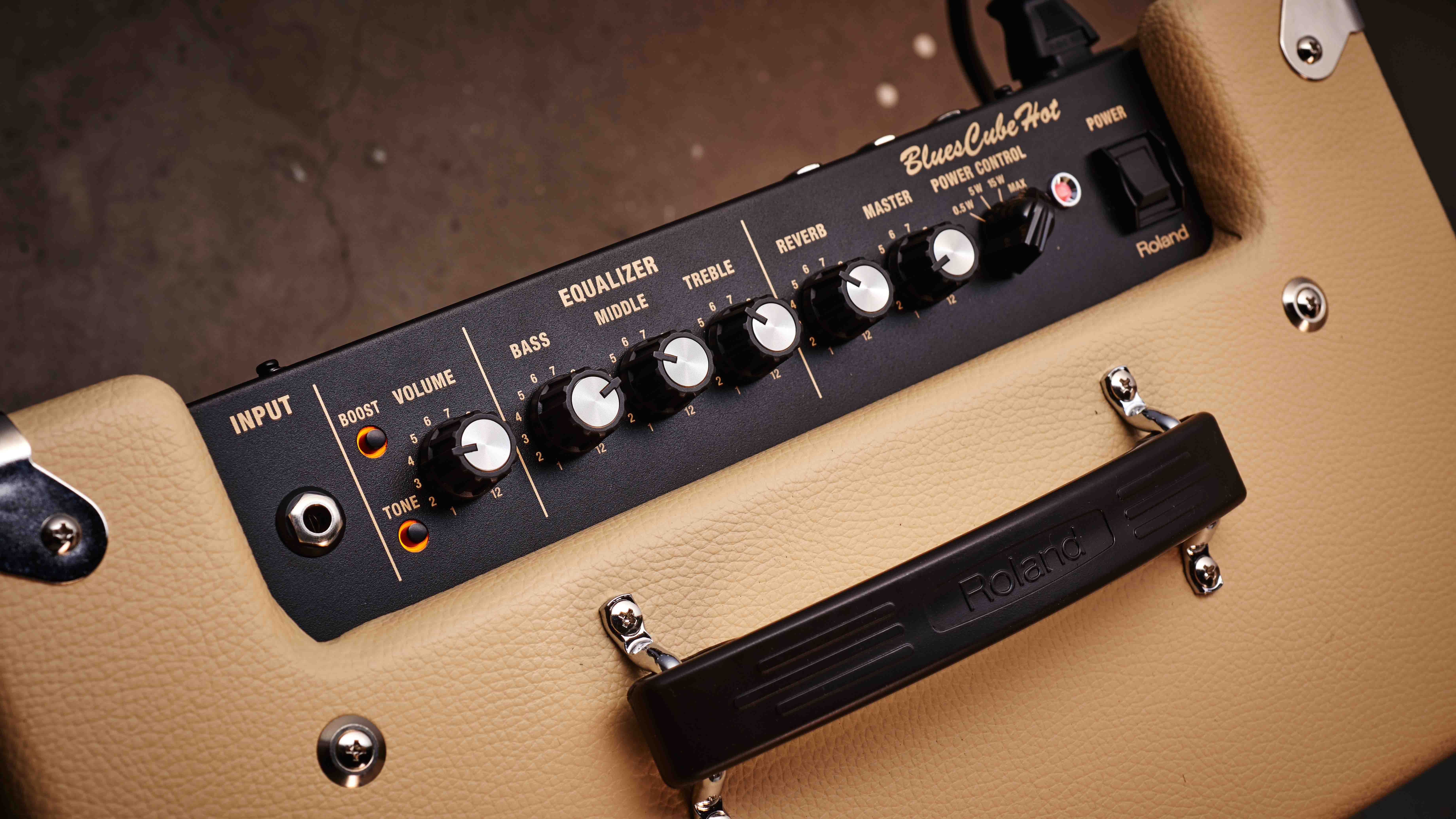
Head to head
While there are no dogs when it comes to build quality here, the sturdily conceived Fender and Blackstar combos are the pick of the litter. The compact, lightweight Roland and the more imposing Peavey feel a bit more ‘budget’ in comparison.
Tonally however, the Bassbreaker 15 gives us the biggest surprise. Clean, it has that famous glassy tone you expect from a Fender valve amp but the overdrive has a distinctive throaty tone that’s more classic British rock than American pie. The three-step Gain Structure escalates in large increments taking you from mid-60s Brit blues to punk blues blasts to Angus Young level overdrive.
While the Roland has the highest wattage here, it’s the 20-watt Peavey that pumps out the most volume. Valve-powered output kicks solid state ass every time. While the Peavey is more of a versatile rock amp with a wide tonal palette, the Blues Cube Hot is obviously designed to capture the sound and vibe of a vintage Fender tweed amp.

Not only is that old-school DNA present in its tone, we like the fact that this compact amp doesn’t turn into a slavering rock beast (unlike our Peavey and Fender contenders) when you crank it up. When you hit your strings hard you get a realistic boost in compression and a sizzling light overdrive with plenty of sustain.
Ultimately, it’s the Blackstar that responds most like a classic British blues amp should. It cherishes the natural sound of your guitar, better than the other amps here, and produces a sweet sustain and transparent overdrive. We like that the gain on offer is quite restrained.
Bottom line: you have to put in some of the work to get the best out of this amp and that makes for a more enjoyable playing experience than just having the dynamics, gain and sustain handed to you. That’s what a great blues amp is all about.
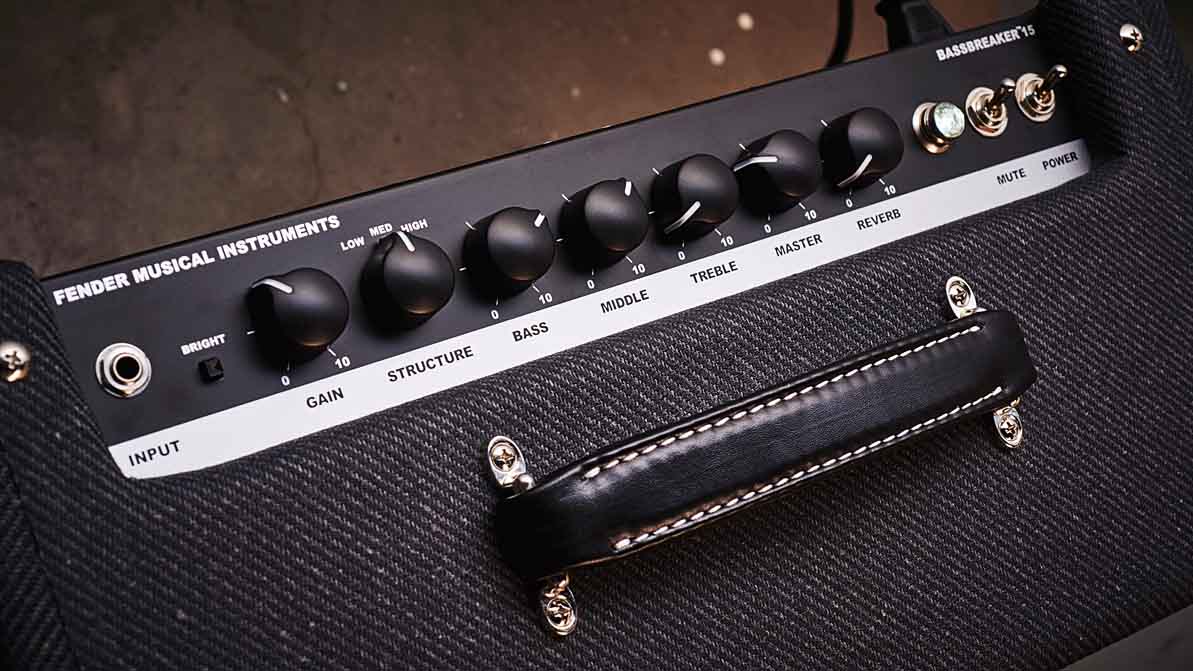
Final verdict
We’ve had our wicked way with four great amplifiers here. We love the fact that although they are similar outputs and price points, they actually sound quite different.
That makes your search for the perfect blues amp way more interesting. We obviously have our favourite and so will you; and it might not be the same amp we’d plump for.
Alas, as good as the Roland Blues Cube Hot is, there is a certain type of blues player, and guitarists in general, that will blank this little gem simply because it has no tubes onboard. That’s their loss.
For those of you less prejudiced/set in your ways, who are looking for an easy-to-lug, great sounding amp for small gigs/rehearsals/home recording, the Cube should be on your must-try list.
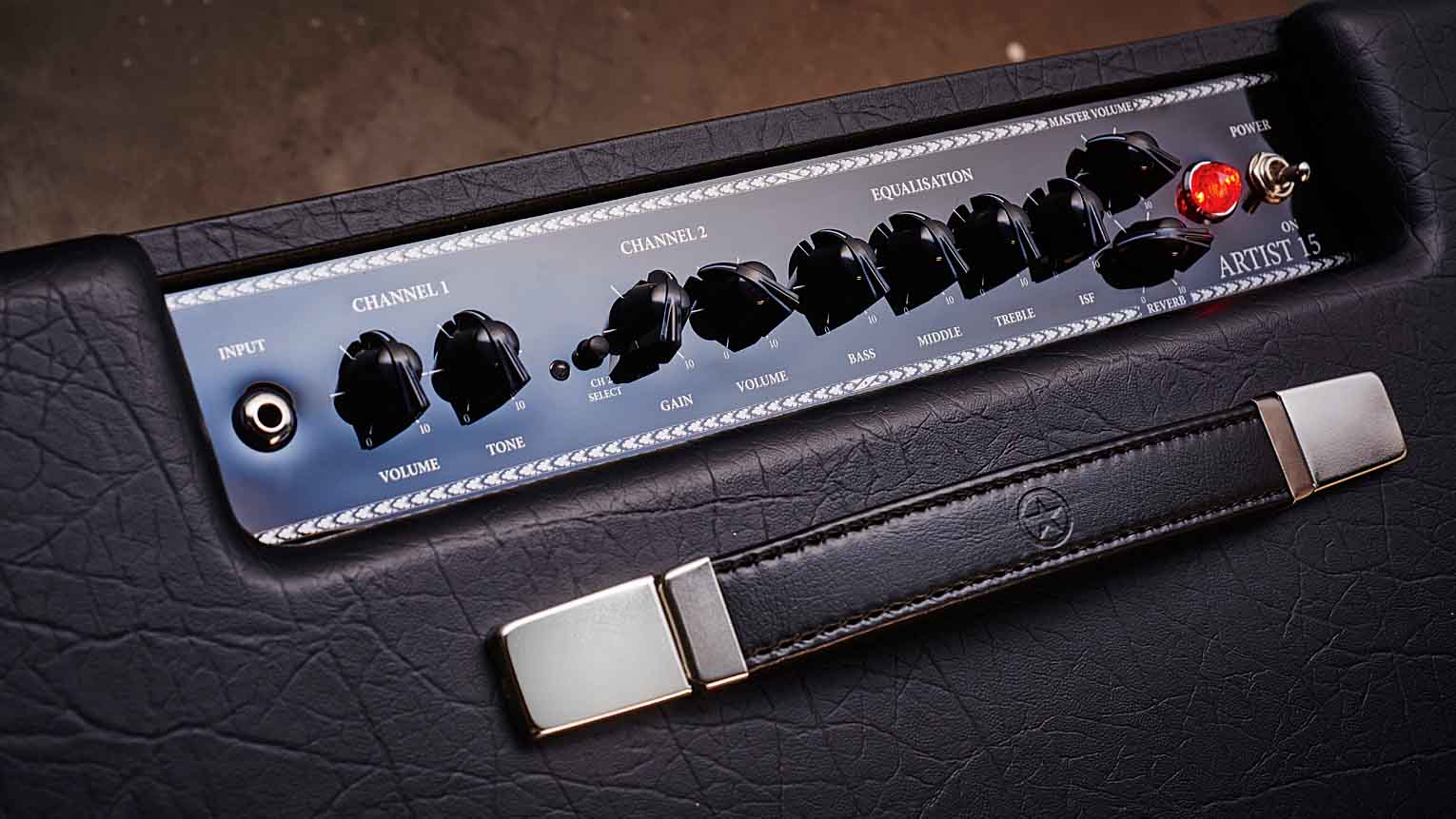
Those looking for heavier blues and rock tones - think Gary Moore and Joe Bonamassa - will be better served by the Peavey ValveKing II and Fender Bassbreaker 15.
The Blackstar Artist 15 makes us want to be a better, more precise, emotional and dynamic guitarist
The Peavey in particular has enough volume to take on a drum kit on a non-mic’d stage, yet the Bassbreaker 15 has more tonal character thanks to its harmonically rich overdrive. A side-by-side comparison is recommended.
So why do we like the Blackstar Artist 15 so much? Well, in short, it makes us want to be a better, more precise, emotional and dynamic guitarist.
Sometimes, we forget just how important an amplifier is to the sound we make. A great amp releases the soul of your guitar and that’s essential when you’re playing the blues.
Best all rounder: Blackstar Artist 15
5 out of 5
Best for blues-rock: Fender Bassbreaker 15
5 out of 5
Best for features: Peavey ValveKing II 20
4 out of 5
Best for gigs on the go: Roland Blues Cube Hot
4 out of 5
For more top-notch amp advice, check out our guides to the best budget guitar amps under £500/$800 and the best guitar amps under £1,000/$1,300.
“Its mission is simple: unleash the power of any amplifier or line-level source without compromise”: Two Notes promises a “watershed” in tube amp control with the Torpedo Reload II
“A pedal that sings with harmonic richness and blooming touch response”: Tone King offers up boutique tube amp tones for your pedalboard with the Imperial Preamp
“Its mission is simple: unleash the power of any amplifier or line-level source without compromise”: Two Notes promises a “watershed” in tube amp control with the Torpedo Reload II
“A pedal that sings with harmonic richness and blooming touch response”: Tone King offers up boutique tube amp tones for your pedalboard with the Imperial Preamp











